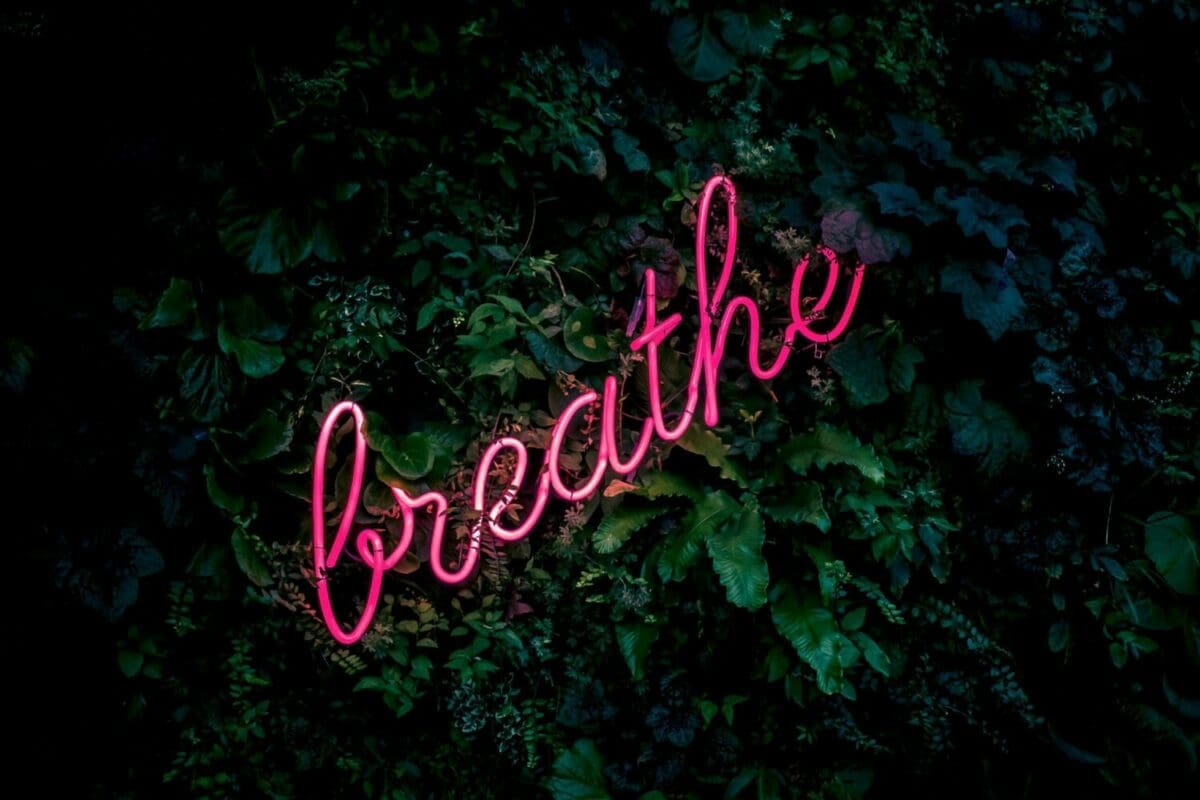
Taking a Deep Breath
February 25, 2019 in Be Positive
Tips, advice, and articles talking about the benefits of mindfulness and well-being are everywhere. Blogs and websites (including this one!) have a lot to offer about the ways in which we can find ways to give our minds a break and mentally restore ourselves.
 What’s usually included in all of these? Items such as meditation, deep breathing, and taking time out of your day to relax. Sometimes, it can be difficult to find the time to do so. The mornings can be hard if you’re already rushing to get out of the house (and waking up even earlier can be difficult!), you may be too exhausted in the evenings and just want to go straight to bed, or you may have so much to do that ironically, even taking a couple of minutes out to breathe can cause anxiety because it may put you behind schedule.
What’s usually included in all of these? Items such as meditation, deep breathing, and taking time out of your day to relax. Sometimes, it can be difficult to find the time to do so. The mornings can be hard if you’re already rushing to get out of the house (and waking up even earlier can be difficult!), you may be too exhausted in the evenings and just want to go straight to bed, or you may have so much to do that ironically, even taking a couple of minutes out to breathe can cause anxiety because it may put you behind schedule.
A couple of minutes may be all you need though. It can be overwhelming to consider doing at first, since there’s only so much time in the day, and it can also feel awkward, because it’s not something that we often do, but even just a few deep, controlled breaths can have a significant impact on our bodies.
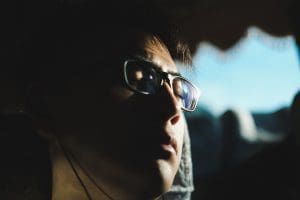 The activity of deep breathing has been proven to have a lot of positive effects. It can restore pH balance and change blood pressure, and even have an influence on asthma and the risks of heart failure. Deep breathing also allows for full oxygen exchange (allowing more oxygen to come into the body and more carbon dioxide to leave). This allows the heartbeat to slow down, which can have a powerful influence on stress levels.
The activity of deep breathing has been proven to have a lot of positive effects. It can restore pH balance and change blood pressure, and even have an influence on asthma and the risks of heart failure. Deep breathing also allows for full oxygen exchange (allowing more oxygen to come into the body and more carbon dioxide to leave). This allows the heartbeat to slow down, which can have a powerful influence on stress levels.
These techniques to reduce stress has been proven to affect students when taught in the classroom, reporting that they experienced less test anxiety, self doubt, and found that they were able to concentrate more. Making sure that you’re only concentrating on focusing on things like 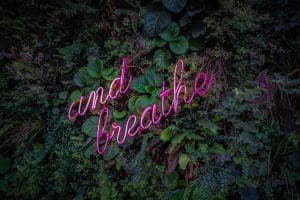 how many breaths you take and for how long help clear the mind, so that by the time that you’re done, you’re not overwhelmed by your tasks and instead have a space where you can organize them in an easier way.
how many breaths you take and for how long help clear the mind, so that by the time that you’re done, you’re not overwhelmed by your tasks and instead have a space where you can organize them in an easier way.
Meditating and deep breathing can be so much simpler than what people first think of. Yoga, aromatherapy, and taking long baths are great ways of practicing mindfulness, but so is just sitting in your chair, closing your eyes, and taking a few long, deep breaths.
Do you, or have you ever tried deep breathing exercises? When do you think would be the best time to practice them?






















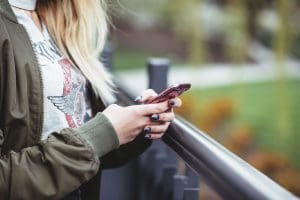


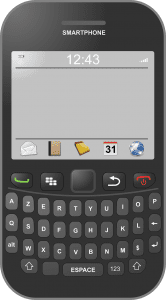






Recent Comments